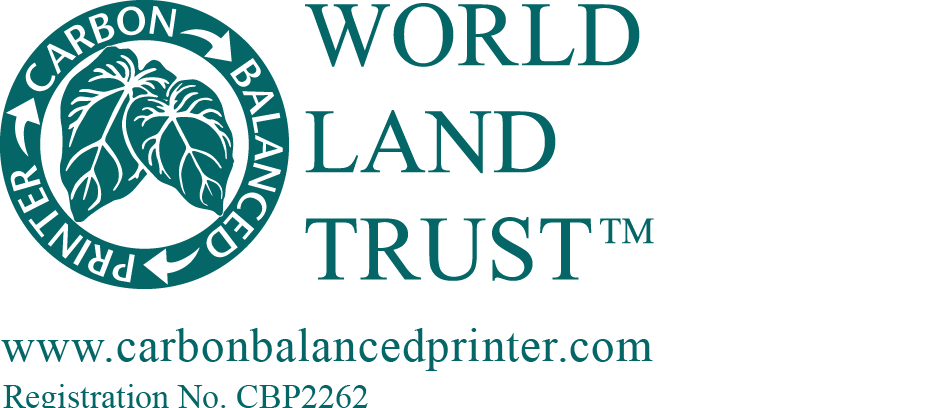Here are our favourite 10 simple and effective green printing tips for your sustainable business.
For the printing industry, what one business considers sustainable printing does not necessarily match another’s criteria. It might be that one business chooses to focus on reducing its carbon footprint, while another may choose waste reduction or recycling as its priority.
Whatever the driving force behind your environment, social, and governance (ESG) targets, the products and services you sell have an environmental impact. Being a sustainable business means choosing taking responsibility for that impact, and choosing sustainable options, every time.
Here are 10 simple and effective green printing tips that will boost your business’ sustainability, without compromising the end product.

